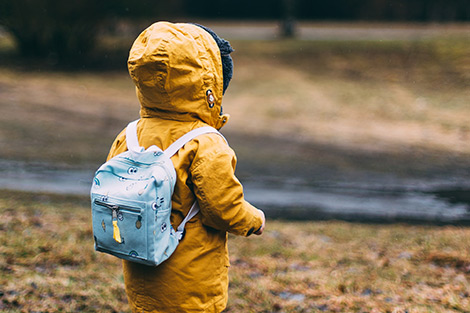
Each year, thousands of children in California are removed from their homes and placed into foster care due to parental neglect, abuse, or exploitation. During this time, they are considered to be wards or dependents of the court.
While some children are reunited with their families in a matter of weeks, others may stay in foster care for years until they reach adulthood and age out of the system.
Children in foster care are of all ages and varying needs. In addition to the trauma at home and the disruption of being removed from their families, they may change both schools and foster care placements, all of which take a toll on their physical, emotional and academic wellbeing. This primer explores some of the unique challenges faced by students in foster care and the support systems in place to help them navigate through the education system.
In 2018, some 59,000 children were in foster care in California, with some 33,500 enrolled in the state’s K-12 schools. The number of children in care fluctuates, but nationwide, there were an estimated 437,000 children in foster care as of August 2019.
No, the number of foster children in California has declined to a little more than half of what it was two decades ago. According to a report by the Public Policy Institute of California, the decline is mainly because children are spending less time in foster care than before, and not because fewer children are entering the system. California’s emphasis on family preservation and reunification is the principle reason for the reduced time children spend in foster care.
Most children are in foster care temporarily. When children under the age of 18 leave foster care, most of them return to their parents. Others are permanently adopted by their foster parents or others. Only a small proportion of children are still in care when they turn 18. These young people then have the option to remain in the system as “Non-minor Dependents,” until they turn 21.
Read more about how foster youth’s transitions affect their experiences in school in Alexander Montero’s article here.